Acrylic fluid painting is a fascinating technique that involves creating abstract art using acrylic paints mixed with various pouring mediums to achieve fluidity and movement. Here's a step-by-step guide to the process:
Gather Your Materials: You'll need acrylic paints in your chosen colors, pouring medium (like Floetrol or Liquitex Pouring Medium), mixing cups, stirring sticks, a pouring surface (canvas or board), gloves, and a protective covering for your workspace.
Prepare Your Workspace: Lay down a protective covering on your workspace to catch any drips or spills. Make sure your area is well-ventilated.
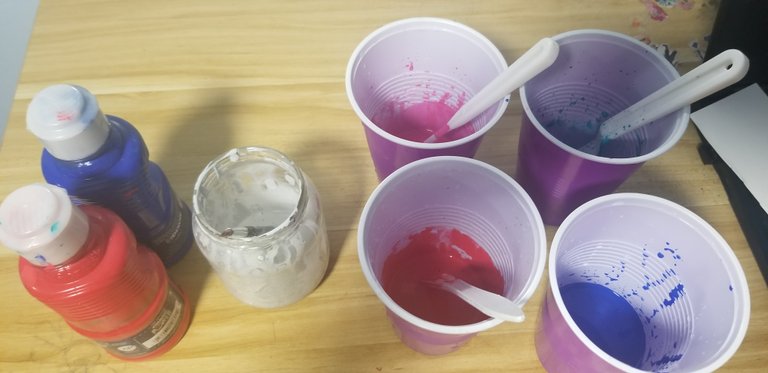
Mix Your Paints: In separate cups, mix your acrylic paints with the pouring medium. The ratio of paint to pouring medium can vary depending on your desired consistency and the brand of paint and pouring medium you're using. A common ratio is about 1 part paint to 2 parts pouring medium, but you may need to experiment to find what works best for you. Stir the mixture thoroughly until it's well combined and free of lumps.
Prepare Your Pouring Surface: Place your canvas or board on a level surface. You can elevate it on cups or use a level to ensure it's completely flat.
Choose Your Pouring Technique: There are various pouring techniques you can use, such as the dirty pour, flip cup, swipe, or straight pour. Each technique creates different effects, so experiment with what you like best.
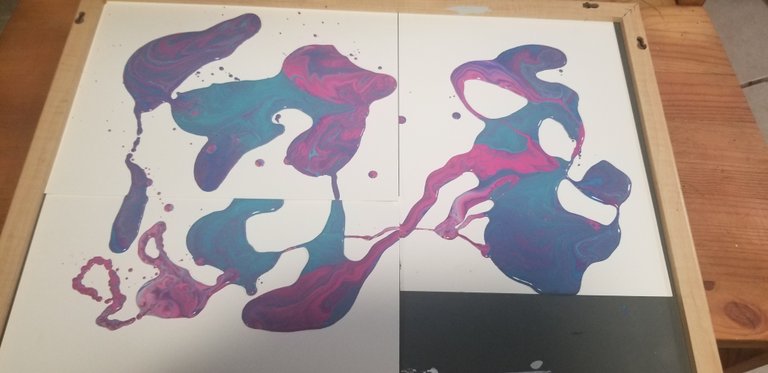
Pour Your Paint: Pour your mixed paints onto the canvas in a pattern or design of your choice. You can pour them in layers, swirl them together, or pour them in a single stream for different effects. Tilt the canvas gently to allow the paint to flow and cover the surface evenly.
Add Additional Effects (Optional): You can enhance your painting by using additional techniques or tools, such as tilting the canvas to create cells, blowing on the paint with a straw to create air bubbles, or using a palette knife to create texture.
Let It Dry: Once you're happy with the composition of your painting, set it aside to dry. Depending on the thickness of your paint layers and the ambient temperature and humidity, this can take anywhere from a few hours to a day or more.
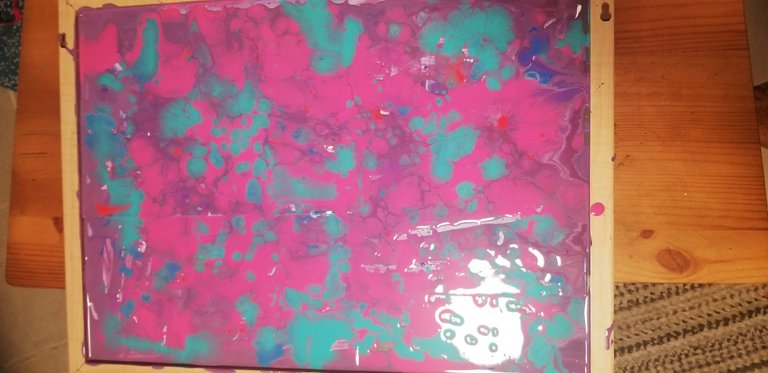
Finish Your Painting (Optional): After your painting has dried completely, you can apply a varnish or sealant to protect the surface and enhance the colors. Make sure to follow the manufacturer's instructions for the varnish you choose.
Display Your Artwork: Once your painting is finished and sealed, it's ready to be displayed! You can hang it on your wall, frame it, or give it as a gift to someone special.
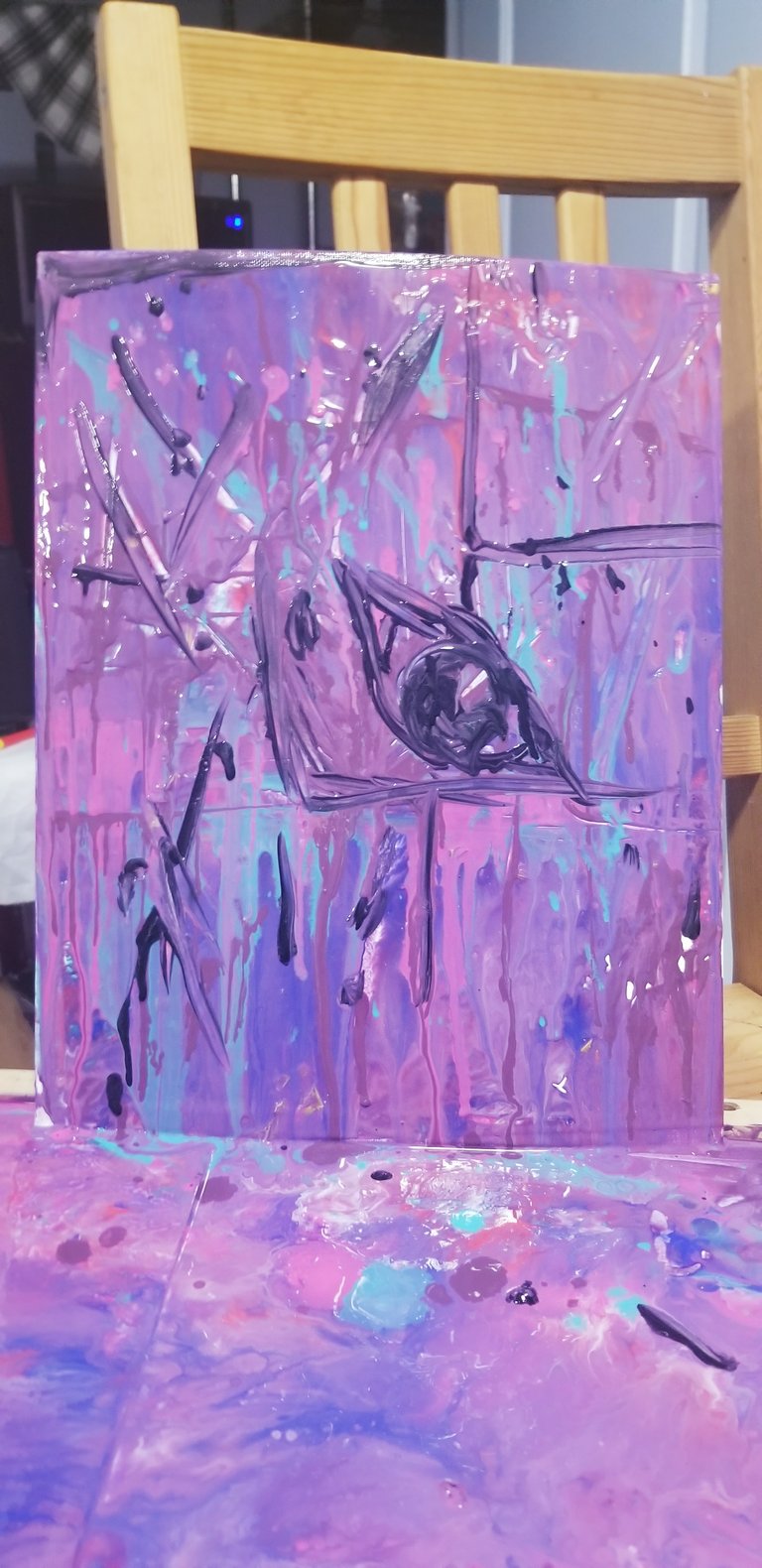
Acrylic fluid painting is a highly customizable and experimental art form, so don't be afraid to play around with different techniques and materials to discover what works best for you. Enjoy the process and let your creativity flow!
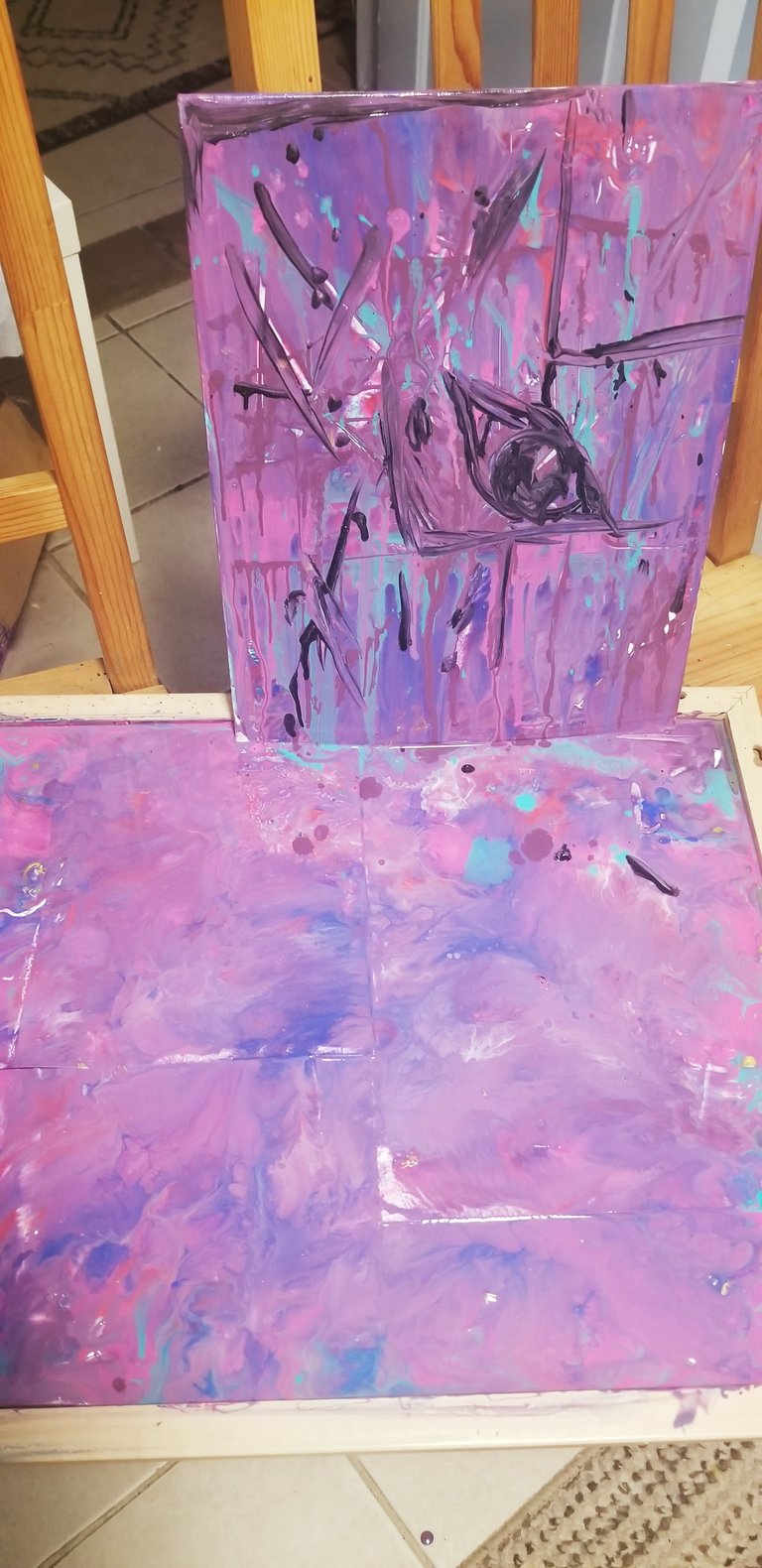
-Theia Art

🏵️🌺🍀🎆🎀🌈🌝
https://theia-art.carrd.co👩🦰
Lovely technique!